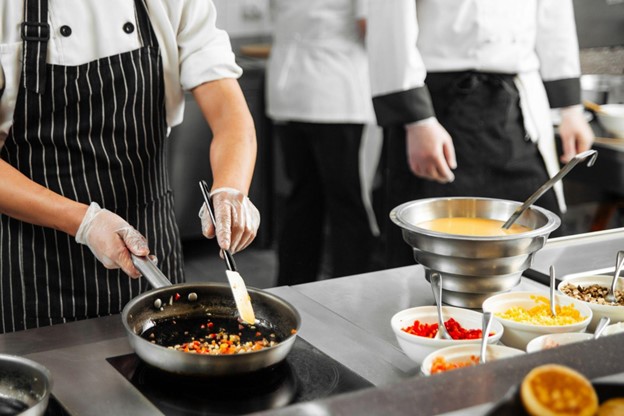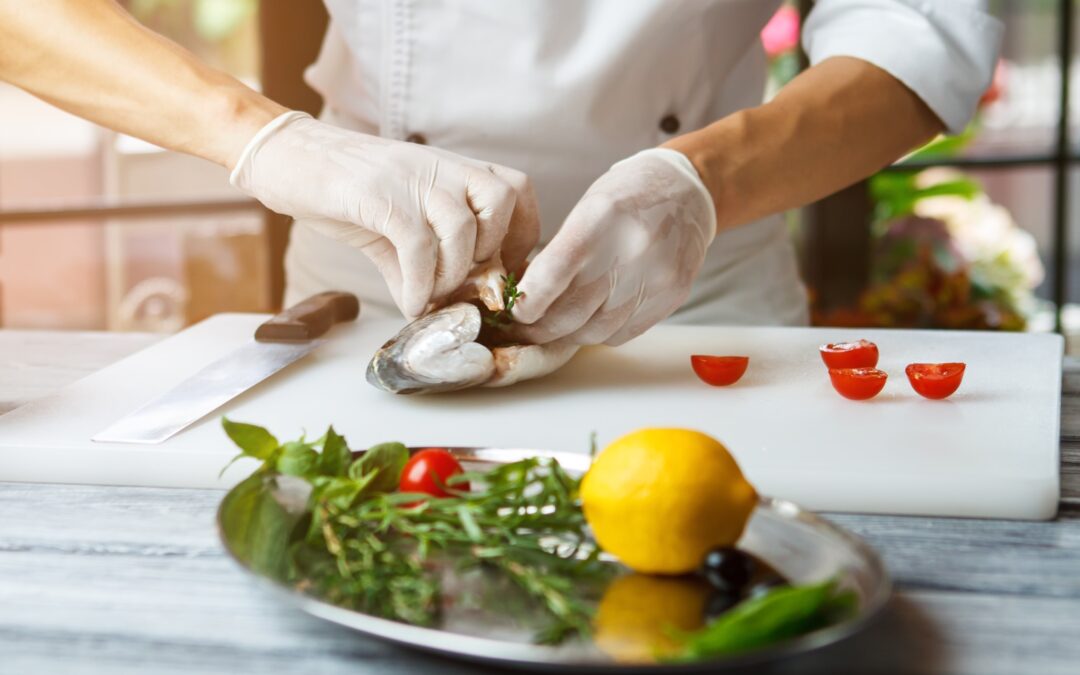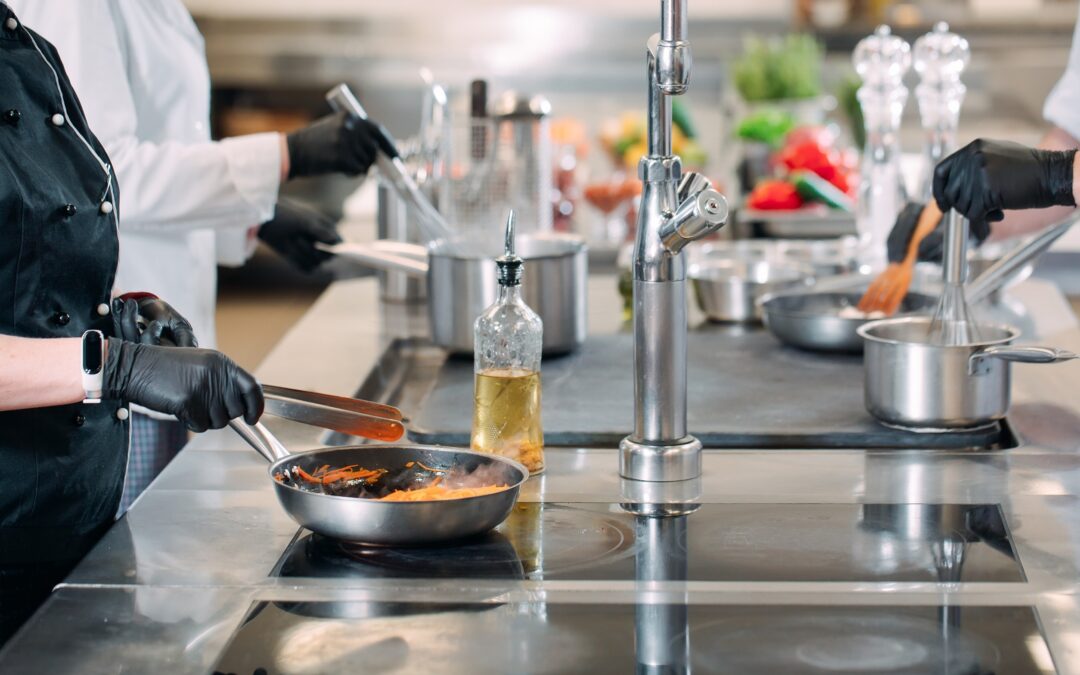It’s that exciting and busy time of year again- time to go back to school! It’s easy to get distracted by the hustle and bustle of preparing your children or yourself, from gathering all the supplies to packing lunches. Whether you are a parent, student, or cafeteria food handler, one important lesson to remember is how to pack safe lunches. Let’s refresh your memory on some food safety tips for packing safe lunches!
Keeping It Clean
Before beginning to prepare lunches, make sure your hands are clean by washing with soap and warm water, scrubbing vigorously for 10-15 seconds. Wash all food preparation surfaces and utensils before and after use with hot water and soap. Fruits and vegetables should be washed thoroughly under running water. Pull leafy greens apart to ensure all parts are rinsed.
Don’t Cross-Contaminate
Cross-contamination can happen at any point during food prep. Avoid any foodborne illness by using separate utensils, cutting boards, and other surfaces for raw and ready-to-eat foods. Be sure to wash all surfaces and utensils after use.
Be aware of the top 9 allergens: milk, peanuts, shellfish, fish, egg, soy, wheat, nut, and sesame. These ingredients and any food containing them should be kept separate from other food and clearly labeled.
Use Reliable Recipes and Resources
When canning at home, it is important to use tested and trustworthy canning recipes from reputable sources. These techniques have been developed and tested to ensure the correct processing times and acid levels necessary to prevent bacterial growth.
Stay Out of the Danger Zone
Bacteria grow rapidly between 41°F (5°C) and 135°F (57°C). This is known as the Temperature Danger Zone. Bacteria grow even more rapidly from 70°F (21°C) to 125°F (52°C). You can limit bacteria growth by following these food safety rules:
- Cold Foods: Pack cold foods with two cold sources, such as a frozen gel pack or frozen bottle of water, to keep foods from exceeding 70°F (21°C). Cold foods should be eaten within six hours of removal from refrigeration.
- Hot Foods: Pack hot foods in an insulated container, keeping it closed until lunchtime. Fill the container with boiling water and let it stand for a few minutes. Empty the container and fill it with the hot prepared food.
Reheat to Eat
When reheating lunches using a microwave, make sure to reheat leftovers to at least 165°F (74°C). Cook pre-packaged frozen meals according to the package instructions.
Keeping our students, no matter what age, safe from foodborne illness is our goal. TSC Associates would love to help train your staff in safe Food Handling! Do you manage a school cafeteria or restaurant? Give us a call to find out about our Food Manager Certification classes!




